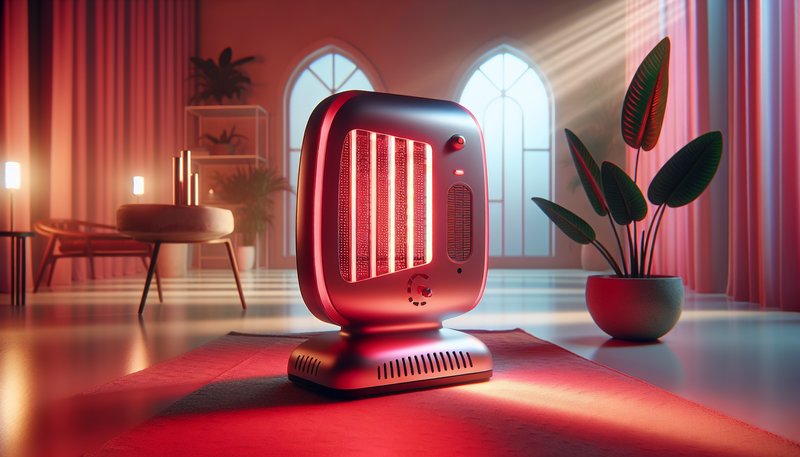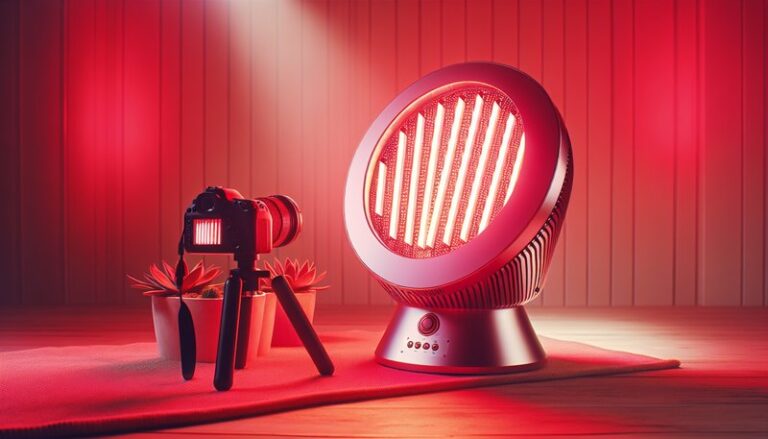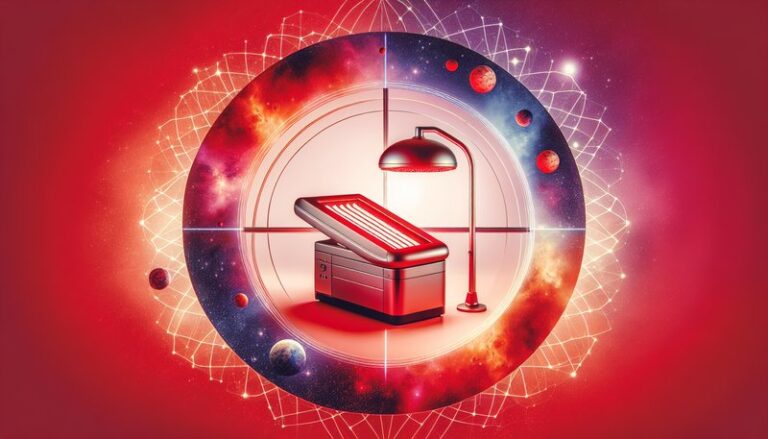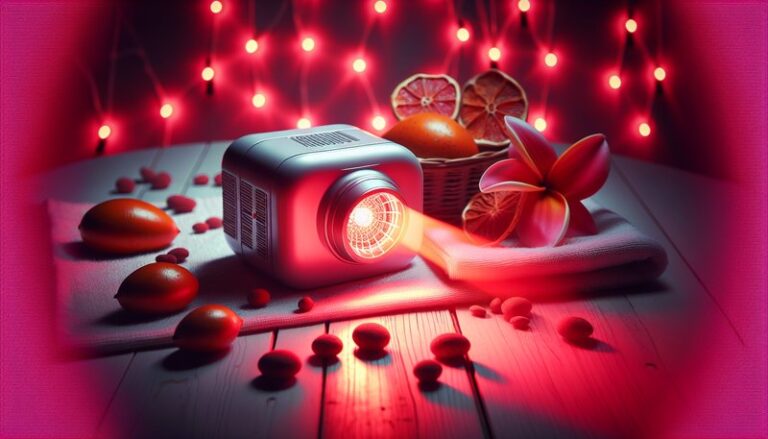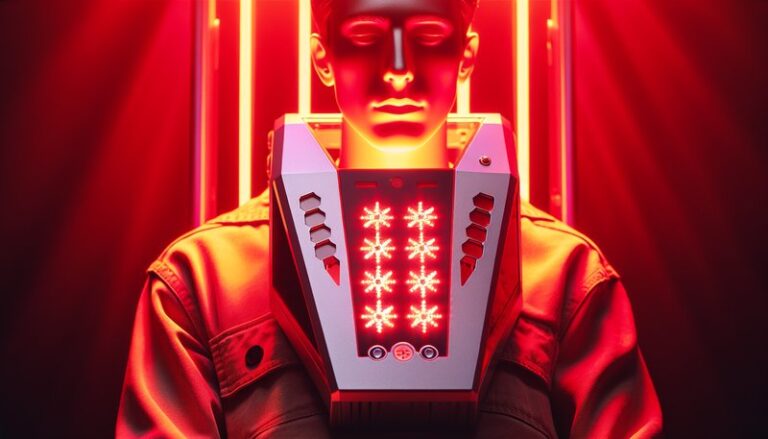Does Red Light Therapy Grow Hair?
Is the bright glow of red light the solution for baldness, or is it just another beauty trend?
This article explores the potential of red light therapy in promoting hair growth, examining the underlying science, benefits, considerations, and alternatives associated with this treatment. Readers will leave with a comprehensive understanding of whether red light therapy can truly enhance hair regrowth.
Key Takeaways
- Red light therapy utilizes specific wavelengths of light to stimulate cellular activity, which may promote hair growth.
- Clinical studies show promising results, particularly in individuals with androgenetic alopecia (male and female pattern baldness).
- Consulting with a healthcare professional before starting red light therapy is advisable to understand individual needs and conditions.
What is Red Light Therapy?
Red light therapy (RLT) is a non-invasive treatment that uses low-level wavelengths of red light to stimulate healing and regeneration in various tissues—primarily skin and hair. The light penetrates the skin, enhancing cellular function and potentially leading to increased hair follicle activity.
How Does It Work?
The mechanism behind red light therapy involves the stimulation of mitochondria within cells, which produce adenosine triphosphate (ATP), the energy currency of the cell. This increase in cellular energy can lead to improved repair, growth, and overall health of hair follicles.
Applications Beyond Hair Growth
While much of the focus on red light therapy is its potential for hair restoration, it is also widely researched for other applications, including wound healing, reducing inflammation, and improving skin texture and tone.
What are the Benefits of Red Light Therapy?
Red light therapy offers multiple advantages, especially for individuals seeking to combat hair loss. Understanding these benefits can help in evaluating whether to incorporate RLT into a personal care routine.
Promotes Hair Growth
Studies have shown that RLT can increase hair density and thickness in individuals with thinning hair. Results indicate that regular sessions can shift hair follicles from a resting state into the growth phase.
Non-Invasive and Painless
Unlike surgical options like hair transplants, red light therapy is a non-surgical and virtually painless treatment. This makes it appealing to those who wish to explore less invasive methods for hair restoration.
Convenient and Accessible
Many RLT devices are available for home use, allowing individuals to incorporate treatment into their daily routine. Professional treatments can also be found in specialized clinics, making it widely accessible.
Improved Scalp Health
RLT not only stimulates hair growth but also enhances the health of the scalp. Increased blood circulation to the scalp can lead to a healthier environment for hair follicles.
For more, see “Red Light Therapy Penetration Depth?”
Is it Possible to Grow Hair with Red Light Therapy?
Growing hair through red light therapy is indeed possible, especially for those dealing with specific types of hair loss. However, it is essential to recognize that results may vary based on individual circumstances.
What are the Advantages of Using RLT for Hair Growth?
Incorporating RLT into a hair care routine can come with considerable advantages:
See our comprehensive review Can Red LED Therapy Harm Eyes?
Safe and Natural
RLT is considered safe, with minimal side effects reported. This low-risk profile makes it an attractive option for many seeking hair restoration modalities.
Boosts Confidence
For individuals experiencing hair loss, successful results from RLT can greatly enhance self-esteem and confidence, impacting daily life positively.
What are the Disadvantages of Using RLT for Hair Growth?
Though promising, there are certain limitations and disadvantages that should be considered:
Variable Results
Not everyone responds to red light therapy, and results can vary based on factors like hair loss type, individual biology, and consistency of treatment.
Time Commitment
Regular sessions are often needed to see tangible results, which may require a time commitment from users. It’s important to follow the recommended schedule for optimal effects.
What are the Things to Consider Before Starting RLT?
Before embarking on a journey with red light therapy, several factors should be evaluated:
Consultation with a Professional
Always consult with a healthcare provider or dermatologist to discuss hair loss issues and determine if RLT is a suitable treatment option for your unique situation.
Selecting the Right Device
When choosing between at-home devices or professional treatments, consider the efficacy, safety, and reviews associated with various options.
Understanding Your Hair Loss Type
Identifying the type of hair loss you’re experiencing, whether it be androgenetic alopecia, alopecia areata, or another condition, is crucial in determining the effectiveness of RLT for your specific needs.
What are the Alternatives to Red Light Therapy?
If red light therapy is not the right fit, several alternatives exist for promoting hair growth:
Minoxidil
Minoxidil is an FDA-approved topical treatment for hair growth, effective for both men and women. It increases blood flow to hair follicles and prolongs the growth phase.
Low-Level Laser Therapy (LLLT)
Similar to RLT, LLLT uses lasers to stimulate hair follicles. Various devices—like helmets and combs designed for home use—are available.
Hair Transplant Surgery
For those seeking permanent solutions, hair transplant surgery offers an approach to restore hair in thinning areas, although it is more invasive and involved.
Conclusion: Is it Recommended to Use Red Light Therapy for Hair Growth?
Red light therapy presents a viable option for individuals seeking non-invasive methods to promote hair growth. While it exhibits potential for efficacy and has minimal side effects, consulting a healthcare professional to tailor the approach is highly recommended. Anyone considering RLT should weigh personal goals and expectations against the treatment’s outlined benefits and limitations.
Frequently Asked Questions
Can anyone use red light therapy for hair growth?
Generally, yes; however, it’s advisable to consult with a healthcare provider beforehand to ensure suitability based on individual health conditions.
How often should I undergo red light therapy for best results?
Many experts recommend 2-3 sessions per week for optimal results, but consistency and adherence to guidelines are key.
What results can I expect, and how long will it take?
Results vary by individual, but many begin to see improvements within 12 weeks of consistent treatment. Full effects can take several months.
Is red light therapy safe for all skin types?
Yes, red light therapy is safe for most skin types, with minimal risk of side effects such as skin irritation. However, it’s prudent to conduct a patch test or discuss concerns with a dermatologist.
Can I combine red light therapy with other hair loss treatments?
Yes, many people safely combine red light therapy with other treatments like minoxidil or supplements. Consulting with a healthcare provider will ensure a synergistic approach.
